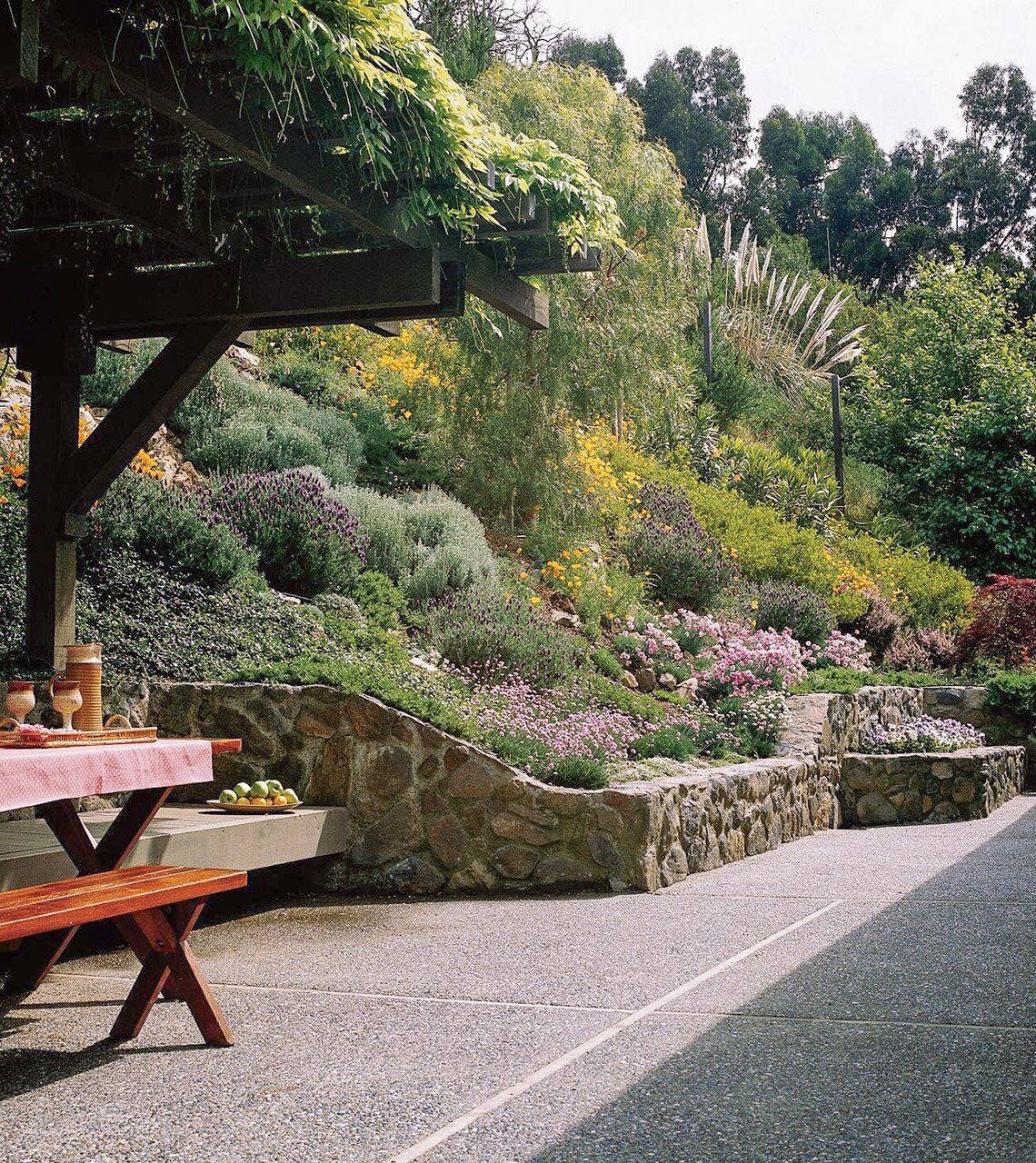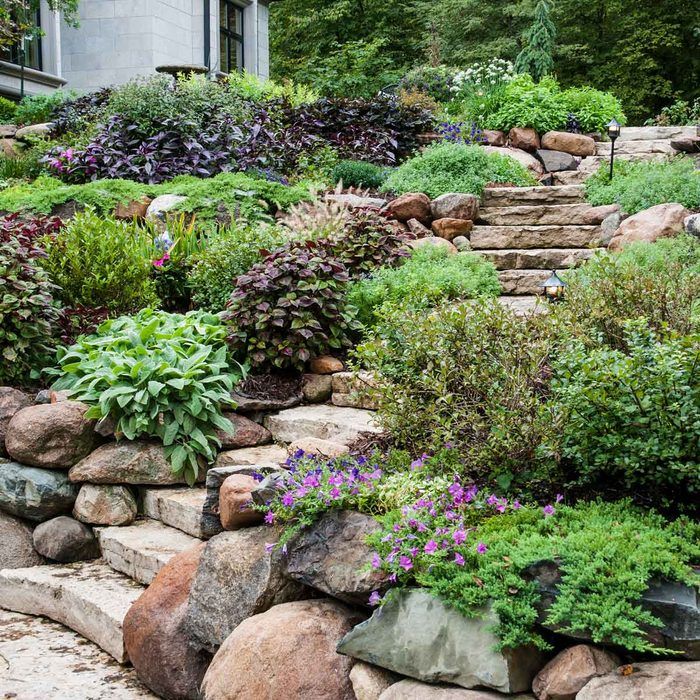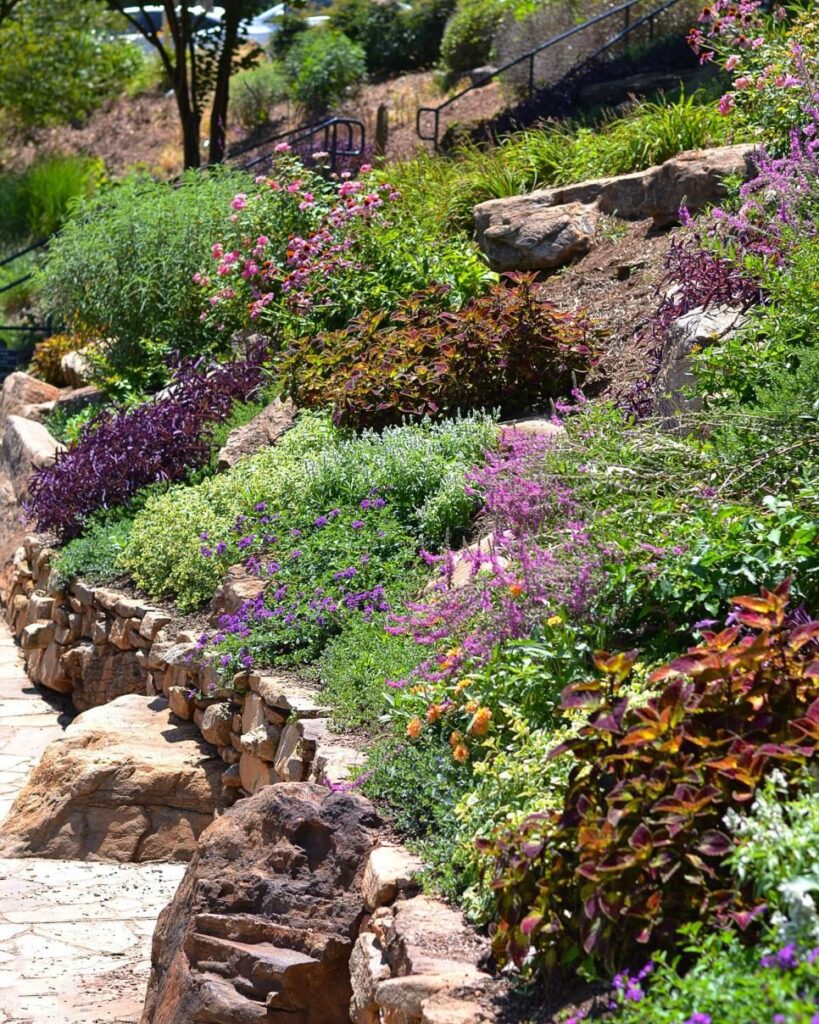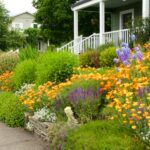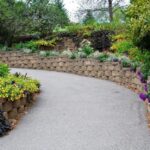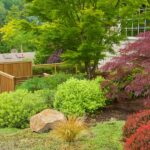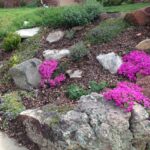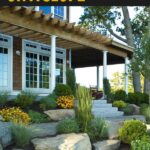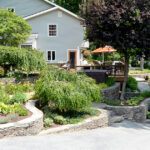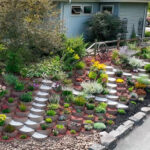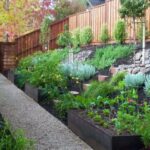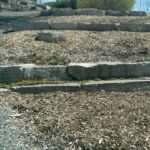Landscaping on a slope can present unique challenges and opportunities for homeowners and landscapers alike. Sloped landscapes can add visual interest and character to a property, but they also require careful planning and execution to ensure stability and functionality. Here are some tips for landscaping on a slope to create a beautiful and functional outdoor space.
One of the key considerations when landscaping on a slope is erosion control. Sloped landscapes are more prone to erosion due to water runoff, so it is important to implement erosion control measures such as retaining walls, terracing, and planting ground cover plants. Retaining walls can help stabilize the slope and prevent soil erosion, while terracing can create leveled areas for planting and other activities. Ground cover plants, such as creeping juniper or ornamental grasses, can help hold soil in place and reduce erosion.
Another important aspect of landscaping on a slope is proper drainage. Sloped landscapes can struggle with drainage issues, as water tends to flow quickly downhill and can cause erosion or waterlogged soil. To address drainage issues, it is important to create drainage pathways such as swales or French drains to redirect water away from the slope. Additionally, choosing plants that are tolerant of wet or dry conditions can help mitigate drainage problems.
When selecting plants for landscaping on a slope, it is important to choose species that are well-suited to the unique conditions of a sloped landscape. Plants that have deep and extensive root systems, such as shrubs and trees, can help stabilize the soil and prevent erosion. Ground cover plants that spread quickly and provide good ground coverage can also be beneficial for preventing erosion and adding visual interest to the slope. It is also important to consider the sun exposure and water requirements of the plants when selecting species for a sloped landscape.
Incorporating hardscaping elements such as pathways, patios, and retaining walls can help enhance the functionality and aesthetics of a sloped landscape. Hardscaping elements can provide stability to the slope, create usable spaces for outdoor activities, and add visual interest to the landscape. When designing hardscaping elements for a slope, it is important to consider the slope gradient, soil conditions, and water runoff to ensure proper installation and longevity of the structures.
Overall, landscaping on a slope requires careful planning, design, and maintenance to create a beautiful and functional outdoor space. By addressing erosion control, drainage, plant selection, and hardscaping elements, homeowners and landscapers can create a stunning landscape that is both visually appealing and sustainable. With proper care and attention, a sloped landscape can be transformed into a unique and inviting outdoor oasis.
